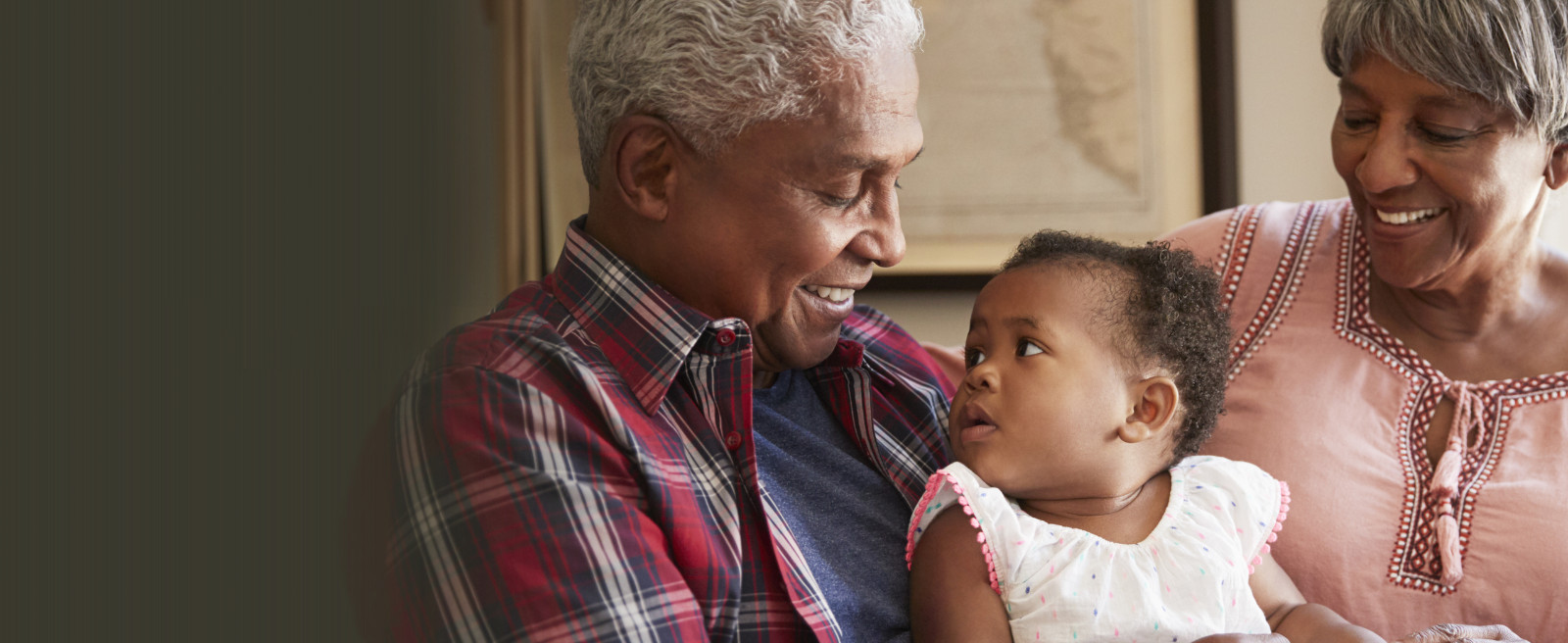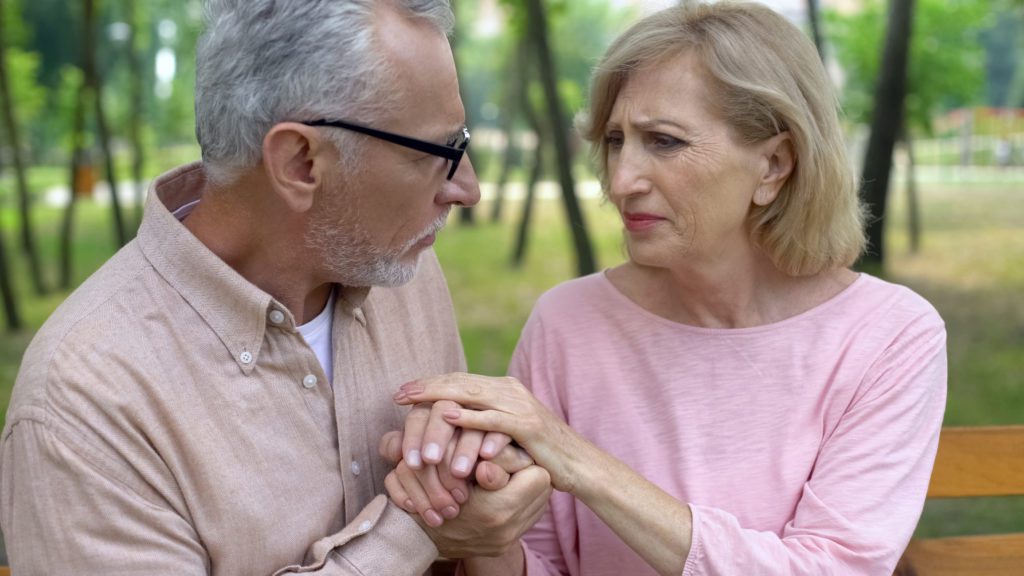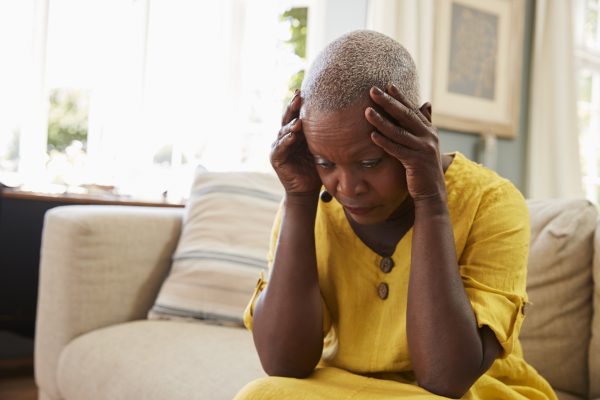Hoarding and Dementia
Loretta took pride in her home. She collected antiques and had a flair for decorating. A friend joked that her apartment always looked “open for inspection.” Even after Loretta began developing dementia, her home continued to look neat to her daughter, Heather, when she visited from out of town.
But after Loretta moved to a nursing home and her daughter was clearing out her apartment, Heather was shocked when she opened the door of the den closet. The floor and shelves were filled with large brown grocery bags with what looked like a huge collection of the trinkets her mother received for her charitable donations.

Heather reached for one to begin taking them downstairs to recycle when she noticed some pretty greeting cards. Heather loved sending snail mail cards, so she sat down to sort through them. She found that among the cards her mother had stashed were bank statements, tax forms and other highly sensitive personal information, in every bag. She later found more of these bags under beds and in kitchen cabinets.

Luckily, Loretta’s hoarding was not dangerous, but that may not be the case for others with memory loss. Hoarding is most apt to begin in the early stages of Alzheimer’s and related diseases. A symptom of anxiety, hoarding involves accumulating items most people consider worthless. When they pile up around the home, they present multiple tripping hazards. Stocking up on food, another common practice, can lead to infestation of pests and food that’s unsafe to eat.
“As people lose the ability to recognize family and friends and can’t remember where they placed things, hoarding gives them a sense of control,” explains Jennifer Reeder, LCSW, SIFI, director of educational and social services at AFA.
Tips for Handling Hoarding and Dementia
• Be sensitive. If possible, try to involve the person in the removal of items and don’t rush them—reduce a little at a time. Suggest they donate to family or a charity. Take photos of items that your person can keep.
• Remove items near radiators, stoves or electrical appliances; sharp objects like knives, forks or glass; and spoiling food or garbage.
• Try to stay on top of hoarding by removing excess items immediately.
• Check wastebaskets before emptying. There is always a chance something is hidden there.
• Consider securing unused closets and cabinets to reduce potential areas to store and frequently check under beds, couches and empty spaces.
• If your person becomes upset and the hoarding is not a safety issue, you can always accept it for the time being. Sometimes, as they say, we want to “pick our battles.”





